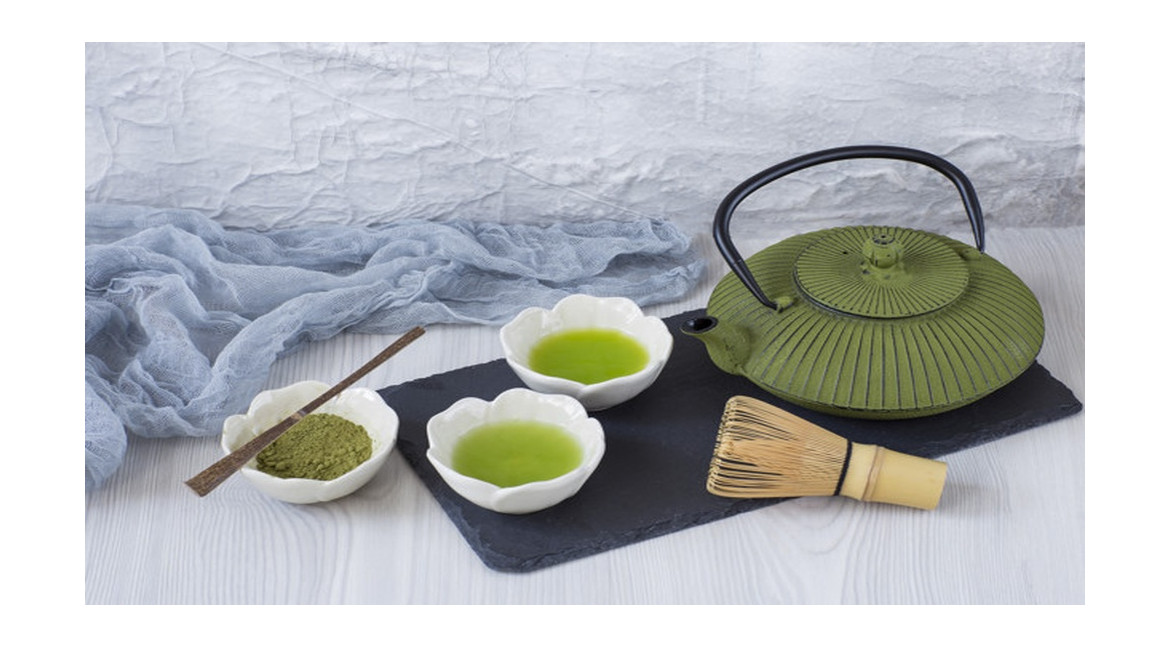
Matcha and the tea ceremony in Japan
Matcha and the tea ceremony in Japan
The tea ceremony is a tradition, a true art in Japan, during which we enjoy matcha green tea accompanied by a pastry, wagashi.
It is a moment of serenity, conviviality, poetry, grace, beauty and sharing.
It is a moment of serenity, conviviality, poetry, grace, beauty and sharing.
It is a ritual which requires codified gestures relating to choreography and which is based on these 4 fundamental principles:
• Wa (harmony)
• Kei (respect)
• Sei (purity)
• Jaku (serenity)
To begin, the master of ceremonies greets his guests.
They are all kneeling on the tatami mats.
Then the host places the necessary utensils around him before starting to prepare matcha tea for each guest individually.
He rinses the chawan (a bowl) with clean water, into which he delicately places two spoons of matcha using his chashaku (a bamboo spoon).
Then, he pours hot water, before mixing well with the chasen (a bamboo whisk).
Finally, he serves the creamy matcha to his guests, accompanied by a pastry, wagashi.
The tea master then presents the bowl facing the front to the first guest.
The latter, before tasting the tea, must greet the second guest.
Then he must raise his bowl as a sign of respect for the host and turn it twice clockwise, in order to position the front of the bowl opposite his mouth.
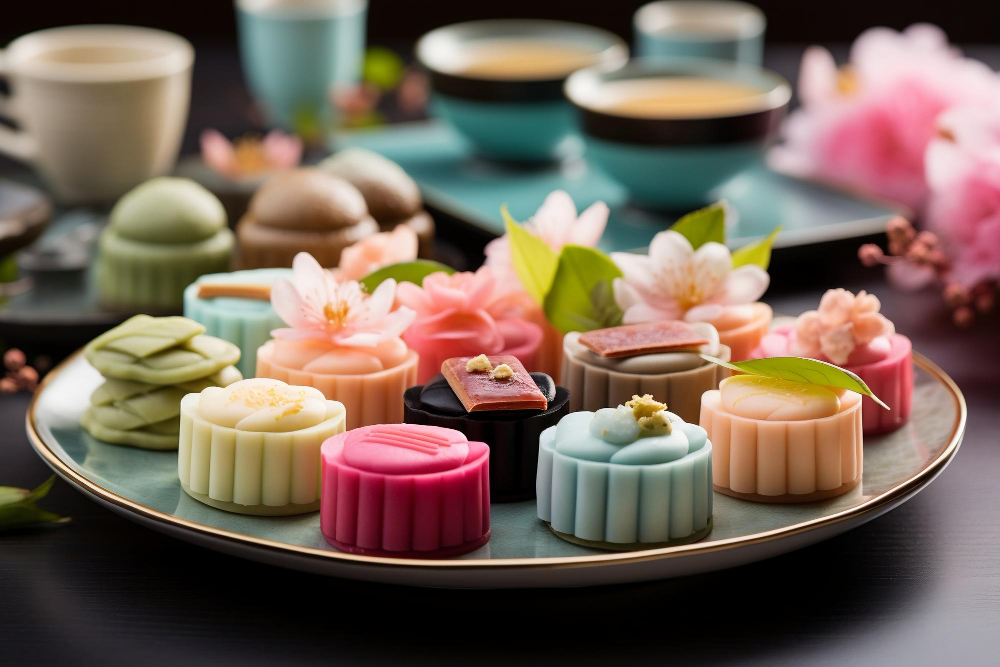
You have to be careful not to drink from the front side.
Finally, the matcha should be enjoyed in two and a half sips, before putting the bowl down with the front side towards you.
The master of ceremonies then carries out the same preparation for each participant.
Finally, at the end of the ceremony, he cleans and presents all his utensils to the guests.
It’s a real moment of zenitude and fullness.
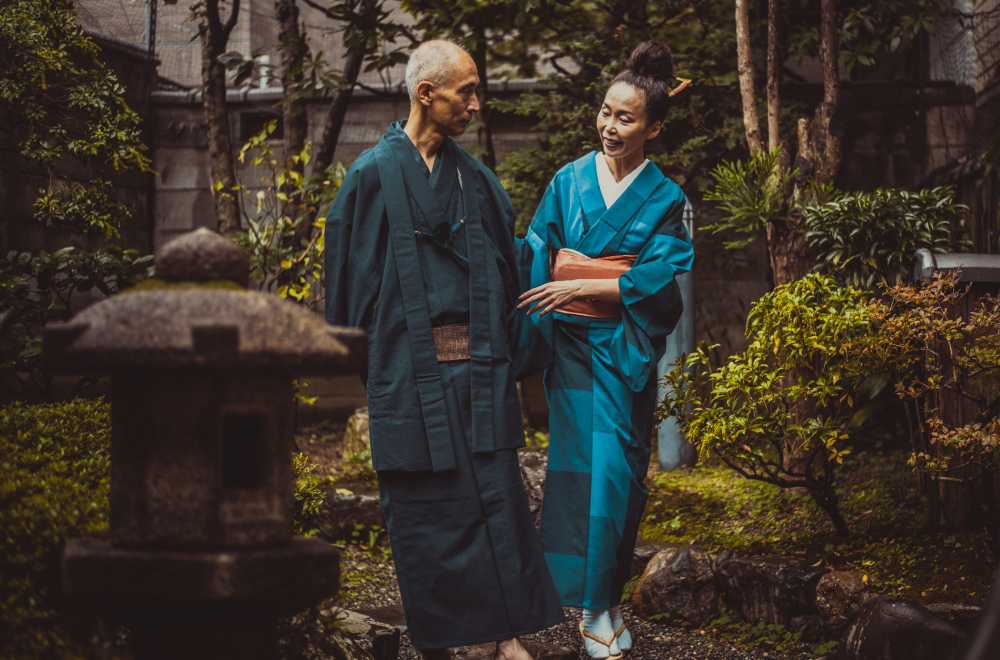
The way to paradise is through a teapot, says an English proverb.
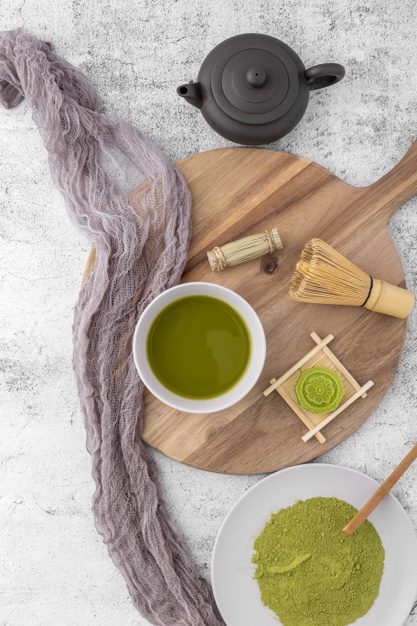
Tea is an institution in the United Kingdoms, but also in many other countries such as China, Japan, India, Turkey, Morocco ...
Tea has been a popular drink since ancient times, when its consumption spread to Japan and the Arab world in the 9th century and to Europe in the 16th century.
This aromatic beverage is obtained by infusing the dried leaves of the tea tree, a small shrub native to the Himalayas.
Tea was the most consumed drink in the world in the 20th century, after water.
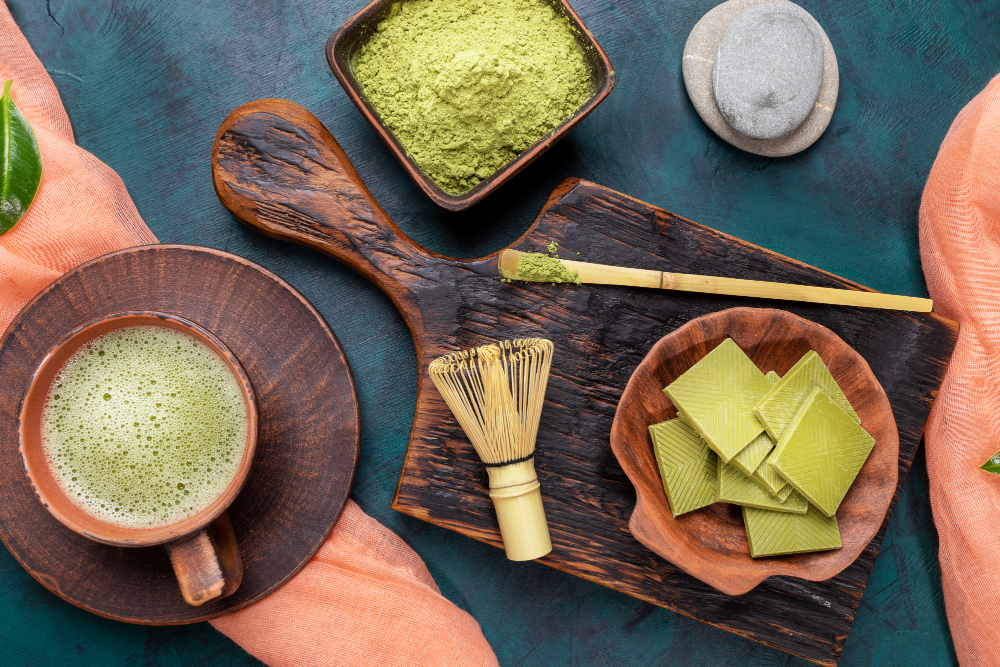
There is a wide range of this drink, aromatic, tasty or thirst-quenching, obtained by infusion or percolation of water on various preparations from the small leaves and buds of the tea plant.
Its aroma and quality depend on the terroir, the method of cultivation and the transformations undergone after the harvest.
The teas obtained are differentiated by their "color": black, green, Oolong, yellow, white.
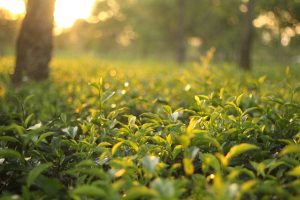
Green Tea
Rich in epigallocatechin, epigallocatechin gallate, theanine and caffeine, tea is both sought after for its taste, its energizing and relaxing properties as well as for its positive effects on health.
Green tea (in traditional Chinese: 綠茶; in Japanese: 緑茶) is a tea whose natural oxidation is quickly stopped after picking.
Renowned for its many virtues, including a slimming aid, it is highly prized in China and Japan, where it is renowned for its effective therapeutic properties.
Green tea contains caffeine and many antioxidant substances from the catechin family (15-30%), the principle being EGCG, epigallocatechin gallate, a powerful antioxidant.
To obtain this tea, the leaves of the tea plant undergo the step of roasting at a temperature of at least 100 ° C in order to avoid what is called the enzymatic oxidation reaction.
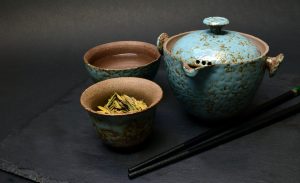
They are then rolled into pearls, sticks or needles depending on the region and origin, before being dried.
Today, green tea is available in more than 1,500 varieties around the world.
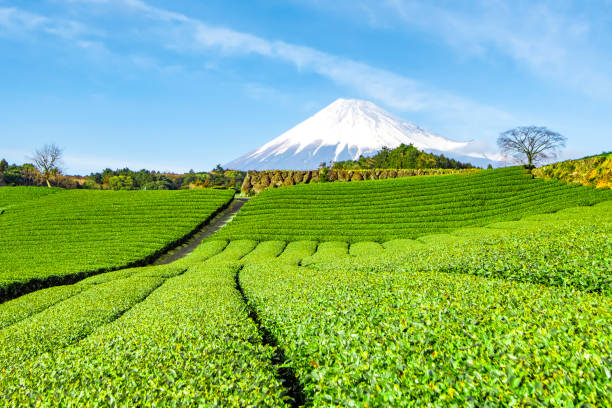
 Français
Français English GB
English GB
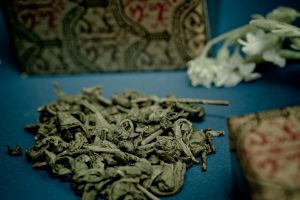
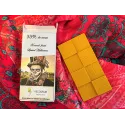

All comments